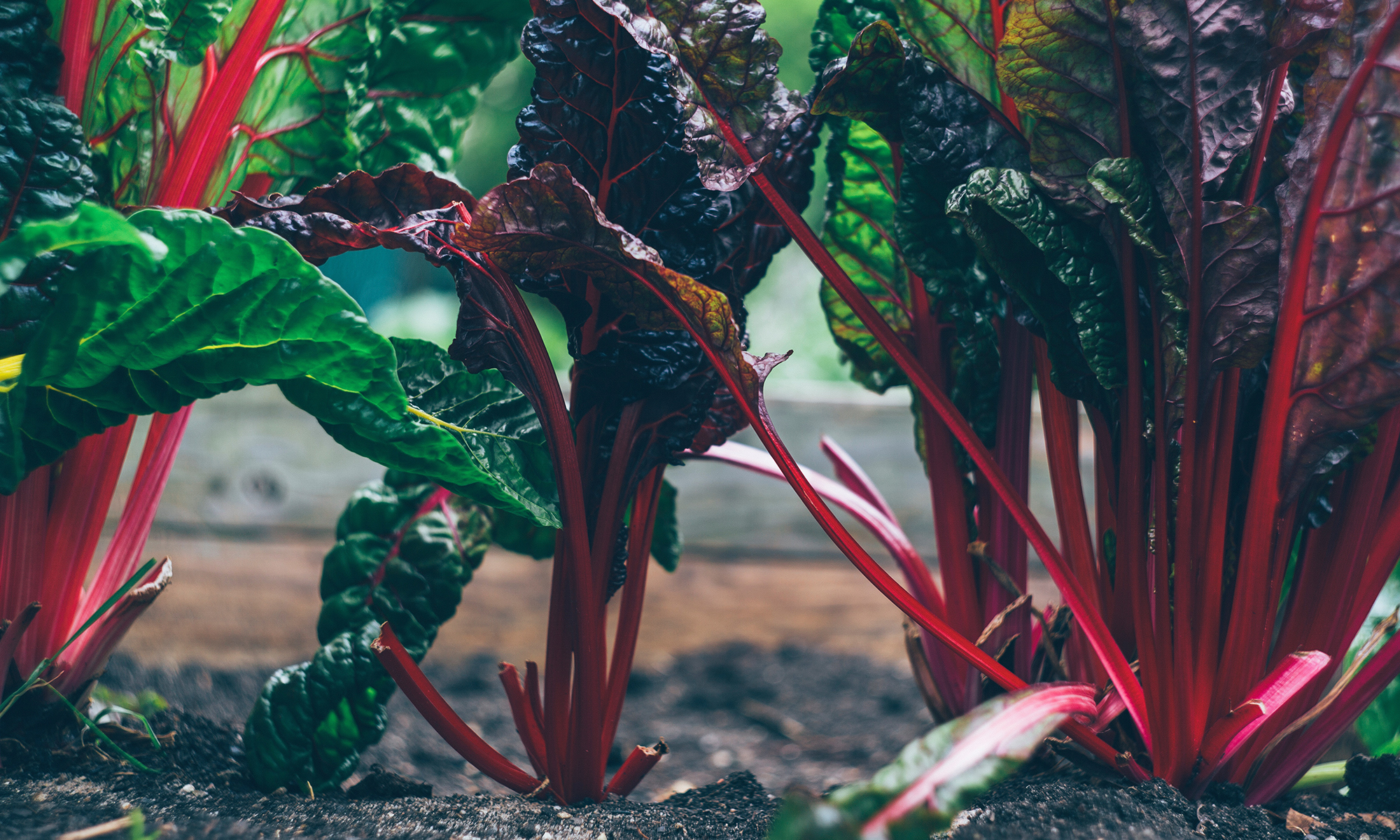(Don’t forget about the chocolate giveaway. Leave a comment before midnight, Tuesday, November 17th)
When I was in Chinatown last week, stocking up on supplies, I decided to buy fish for dinner. I scanned the fish display – a vast array of whole fish and fillets, from mackeral to salmon to monkfish. The fillets didn’t look great (I look for a moist sheen and firmness to the flesh). Nor did the whole fish: the eyes were cloudy, a sure sign of age, or perhaps just because they were packed on ice. I didn't want to chance it. But then I looked down, and saw fish tanks under the counter with live fish squirming around. It doesn’t get any fresher than that!
The man in front of the fish tanks scooped a striped bass out of the tank with a net and pointed to the counter, as if to ask, “Do you want that killed and cleaned.” I nodded. Another man scaled the fish and cleaned out the innards. Before I had a chance to request that I’d like it filleted, it was in a bag with a UPC sticker.
I could have easily filleted it at home, but I decided to cook it whole – for better flavor and for ease of handling. The bones will keep the fish moist and give extra flavor. Leaving the fish whole also makes it easier to fillet the fish with less waste and test for doneness – the fillets will pull away from the bones easily with a fork or spoon when it’s cooked.
Digging deep into the archives of my recipes, I found this recipe for Whole Thai Fish with Chilies. WOW! Was it delicious! The sweet and sour flavor is bright from the addition of kaffir lime leaves. And the sauce stays light since it’s thickened only from the sugar. It’s definitely going to make a more regular appearance at the dinner table.
The presentation is impressive, but if you’re squeamish about whole fish, you can also filet it in the kitchen before serving.
From the Garden: Green chilies and scallions.
Whole Fish with Garlic and Chilies
2 whole 1 – 2 lb. fish, like striped bass.
1 cup flour
oil for frying
3 garlic cloves, chopped
2 green jalapenos, sliced thin
2 red jalapeno or 1/2 red bell pepper, slice thin
1/2 cup scallions, sliced thin or cut into rounds
1/2 cup cilantro
2 tbs. oil
1/3 cup fish sauce
6 tbs. sugar
6 tbs. lime juice
12 kaffir lime leaves
1. Cut three slashes to the bone on both sides of fish.
2. Heat oil. Add peppers and garlic. Cook for 3 minutes or until garlic is lightly brown. Remove from heat, and stir in fish sauce, sugar and lime juice. Set aside.
3. Coat fish with flour. Heat a large skillet over high heat and add oil. Gently place in fish and cook for 5 minutes on each side.
4. Put fish on a serving platter. Stir kaffir lime leaves into sauce and pour over fish. Garnish with cilantro







